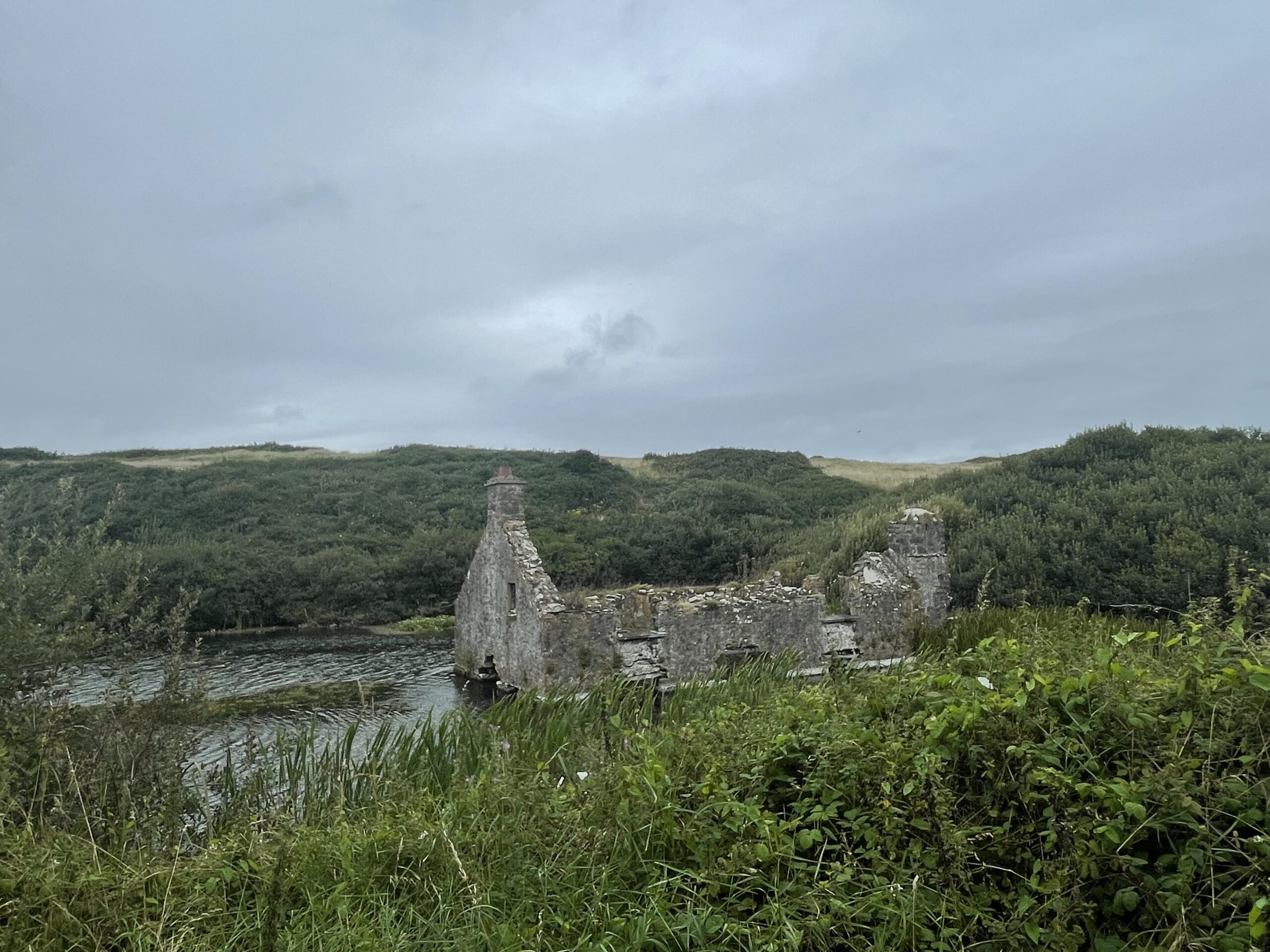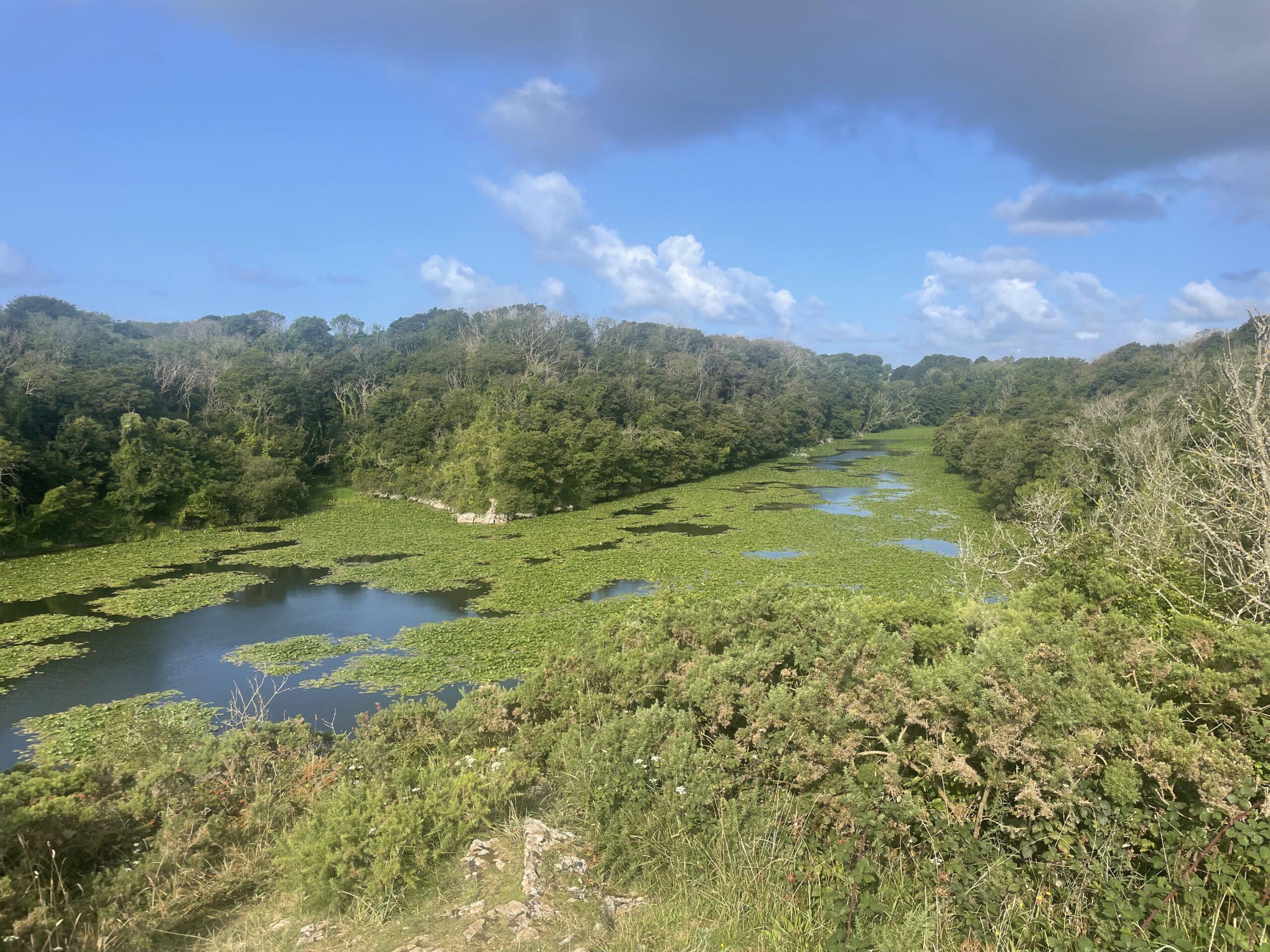Navigating the new world of mandatory Biodiversity Net Gain
The first anniversary of Biodiversity Net Gain (BNG) becoming mandatory for most developments in England was marked earlier this year on 12 February. Biodiversity Net Gain aims to ensure that development has a measurably positive impact (‘net gain') on biodiversity, compared to what was there before, and a minimum gain of 10% must be achieved. This is calculated through the Statutory Biodiversity Metric which consists of three components: habitats, hedgerows and watercourses. A minimum of 10% net gain must be achieved across all three components of the metric.
BNG can be achieved in 3 ways:
- Through enhancing and restoring biodiversity on-site (within the red line boundary of a development)
- Through delivery of BNG off-site on land in the same ownership, but outside the development
- Through purchasing off-site biodiversity units on the market.
Alternatively, and as a last resort, biodiversity credits can be purchased from the Government, and that money is ring-fenced to deliver biodiversity improvements.

Embracing Biodiversity Net Gain: Challenges, progress, and collaboration
At JBA, the last few years have provided a steep learning curve for our ecologists, planners, landscape architects and engineers, trying to get to grips with the new processes, terminology and tools. To help navigate the new world of BNG, we have spent considerable time developing consistent approaches, new tools, GIS protocols and templates to assist our teams undertaking BNG assessments.
Despite the challenges, BNG has had some positive impacts. Firstly, and most importantly, it has put biodiversity at the forefront of developers and project managers' minds. All too often in the past it has been considered late in the design process, leading to compromises and hastily prepared mitigation. However, knowing that delivering 10% BNG through the planning process is mandatory, has meant that biodiversity is now becoming central to the development process. It has also helped to raise awareness of, and engagement with, biodiversity issues outside of the sector.
BNG has also provided many new opportunities for our clients and teams. It has allowed for increased collaboration between ecologists, landscape architects, engineers and planning teams across JBA, allowing for knowledge sharing across disciplines and joined-up thinking. This collaboration has strengthened our inter-disciplinary working processes and relationships.
The opportunities involved in supporting landowners in development of habitat creation/ restoration schemes to deliver biodiversity units for the market has also been fascinating. From exploring circular funding mechanisms as part of the Tees Tidelands project with Stockton Borough Council, to working with individual landowners on habitat creation schemes, our teams have relished the opportunity to design high quality, diverse, new and enhanced habitats that not only deliver for biodiversity, but also for the local communities within which they are situated.
However, BNG has not been without its challenges, not least working with a new process and evolving guidance. One concerning aspect is that the metric appears to penalise ambition, with those habitats that are harder to create, such as woodland and fens scoring less in the metric, compared to 'other neutral grassland' which is seemingly becoming the default option in many cases. At JBA we will always strive to develop options that provide the greatest ecological benefit, regardless of whether they deliver the highest number of units, and we have worked with our clients and regulatory authorities to think outside the box and challenge the inconsistencies with the metric.
The integration of climate change resilience and adaptation within the metric would also be beneficial to ensure that habitat resilience over the 30-year lifetime of the management plan is delivered. It should be recognised that in the face of climate change, some habitats and species assemblages present now may not be viable into the future, and this shouldn't be penalised.
What does the future look like for BNG?
It appears that BNG is here to stay, so we need to embrace the process. We should engage with the regulatory authorities and local planning agencies to identify and resolve any inconsistencies and issues within the processes.
At JBA we are also upskilling our teams to ensure they have a sound understanding of ecological processes, habitat surveying and what successful habitat creation/enhancement might look like, along with the botanical ability to provide robust assessments. Alongside this, we are also seeking opportunities to develop and improve the ways we implement and assess BNG, utilising new tools and AI technology where possible, to streamline the process and make it more readily accessible for non-specialists.
Over the longer term, it will also be important to ensure that the biodiversity gains stated are delivered, and this requires a robust monitoring and enforcement mechanism, which is still in development.

For more information on the Biodiversity Net Gain process, contact Laura Thomas.



